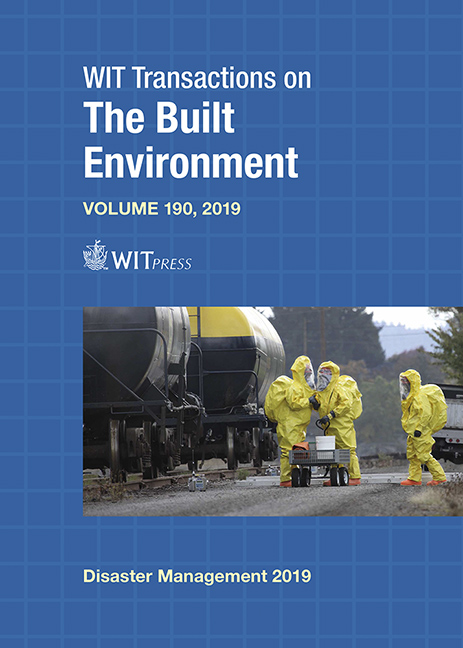THE FIRE OF NOTRE DAME: ECONOMIC LESSONS LEARNED
Price
Free (open access)
Transaction
Volume
190
Pages
13
Page Range
51 - 63
Published
2019
Size
213 kb
Paper DOI
10.2495/DMAN190051
Copyright
WIT Press
Author(s)
WADAD KATHY TANNOUS
Abstract
On the 14th April 2019, a major fire damaged Notre-Dame Cathedral in France. The damage was estimated to the value of billions of dollars in terms of lost art and built material. This study aims to assess the impact of this event and its predictability and potential preventability. The study uses primary data from surveys of response agencies, response personnel, structural engineers, fire engineers, insurance assessors, and heritage specialists. The study examines the economic cost of the fire in the immediacy of the incident, the short term and the long term. In addition, the environmental impact of the fire incident is examined. This includes the internal environment of the church, the chemicals that may be used in the restoration, the chemicals that may be released into the general environment and what they mean for response agency personnel and the impact on their health. The economic impact of the fire of Notre Dame is significant and will be long lasting on the residents in the immediate surroundings and wider vicinity of the church; the response workers; and on the country. Our findings provide lessons for assessing the costs to implementing preventive measures and improving fire preparation for older style buildings. In particular, measuring the economic costs of iconic buildings, such as Notre-Dame Cathedral, whose damage or destruction are horrific for the short and long term.
Keywords
disaster, fire safety, environmental impact, economic costs




